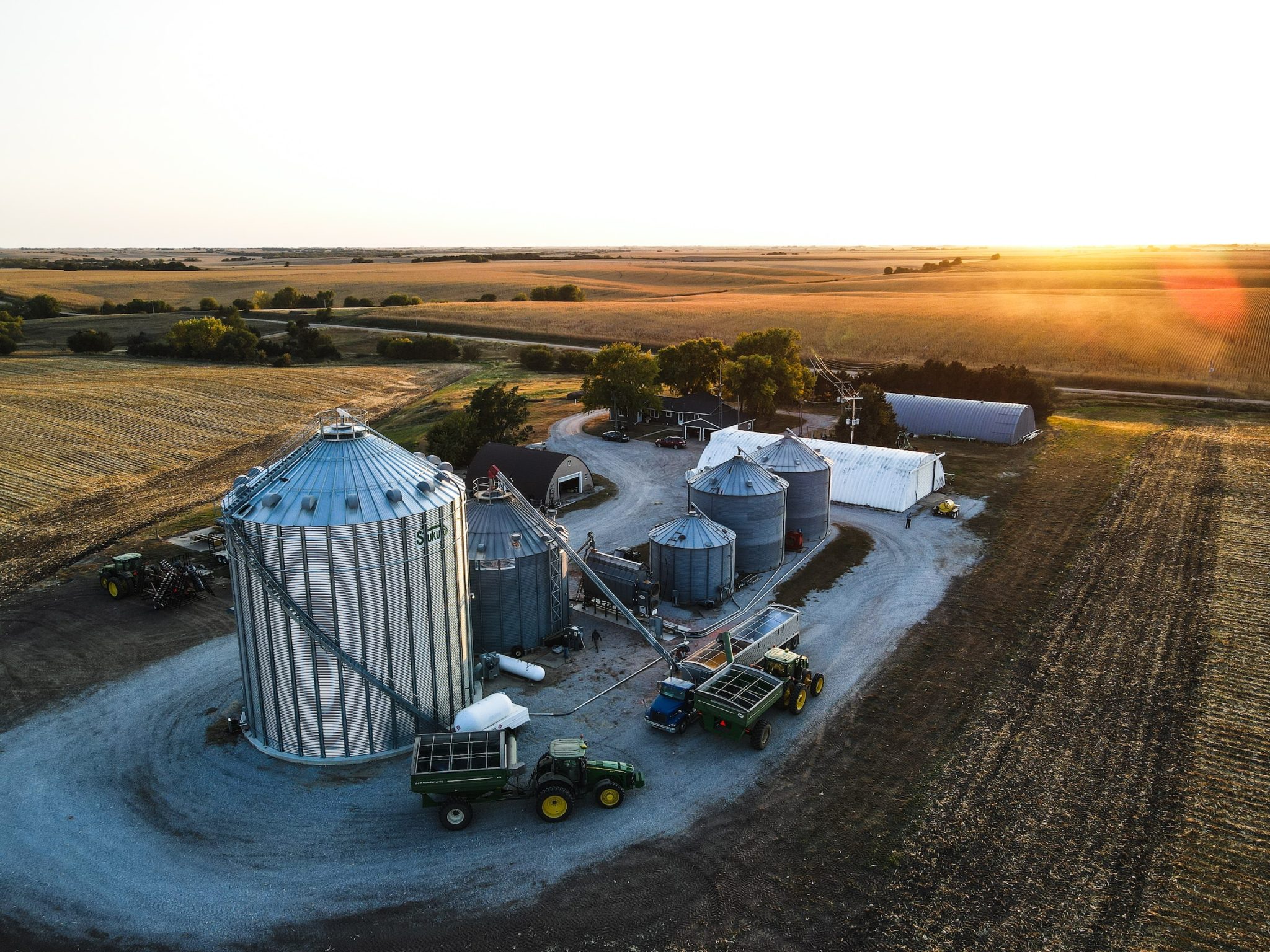In the heart of the modern agricultural landscape, technology is steering a transformative wave. Among the innovations propelling this change, capacitive sensors have emerged as very useful tools.
In this article, we delve into the significance of capacitive sensors in the agricultural industry, exploring how these devices can serve your needs.
The Roots of Agricultural Challenges
Agriculture, the backbone of our sustenance, has long grappled with challenges ranging from resource optimization to maximization of product yield. Traditional farming practices often relied on intuition and experience, leaving room for inefficiencies and unpredictability. Enter capacitive sensors – a technology that promises to cultivate efficiency and precision in an industry that is vital for global food security.
Capacitive Sensors: What Do You Gain By Their Use?
At the core of their importance, capacitive sensors offer a means of monitoring capacitance, which is to say they can detect how empty or full a container, like a silo, is. They measure the level inside the container and feed the data back to you. This makes it easier for you to optimize and automate processes.
In livestock management, capacitive sensors are often employed to monitor feed levels in silos or troughs. These sensors can detect the presence or absence of feed, ensuring timely replenishment and optimizing feeding schedules. Additionally, capacitive sensors play a crucial role in automated watering systems, ensuring a constant and reliable water supply for livestock based on real-time needs.
Which precise sensor you need depends on your needs. Capacitive sensors are particularly useful for handling grain, feed, and granular materials, and each sensor offers special functions to help you get the optimal use out of it. Some sensors come with enhanced functions; however, a simpler version may fit your needs well. The best thing to do is to consult with an expert when buying your sensor.
Sensors Designed for Their Environment
Capacitive proximity sensors are designed with precision and reliability in mind, ensuring consistent performance in diverse environments. Their construction allows for deployment in harsh conditions, making them suitable for industrial applications where durability is paramount. Additionally, these sensors often feature adjustable sensitivity settings, providing flexibility for customization based on specific operational requirements.
A recent innovation when it comes to capacitive sensors is ATEX sensors. These sensors are specifically designed to be used in explosive atmospheres, such as places with heavy amounts of dust. ATEX sensors are designed to prevent explosions that may otherwise occur due to dust and dirt disrupting the sensor.
Since capacitive sensors are often used in agriculture to measure the grain or feed levels in silos and tanks, having a sensor that’s built specifically to withstand a harsh and/or humid environment is a great asset.
Get an Easy Overview
Beyond capacitive sensors, other sensors can prove useful to you. If you work with livestock you can gain much insight into their conditions by adding sensors to your livestock houses.
Useful sensors might be one to monitor the climate – such as temperature or humidity – as well as the ammonia and CO2 levels. This way you’re easily alerted if the indoor conditions deteriorate to a point where it starts being harmful to the animals. The sensors don’t work in open livestock facilities, where air from outside easily gets in. But in enclosed spaces, they can be invaluable in making sure you’re livestock have the best conditions.
These sensors give you data about the facilities and the conditions inside, ensuring you can optimize ventilation, feed distribution, etc., and increase efficiency as well as the quality of your products. This will also, in time, give you historical data that can be further used to increase efficiency and the design of your agricultural business.
Challenges and Future Horizons: Capacitive Sensors in Agriculture
While capacitive sensors have undoubtedly carved a niche for themselves in modern agriculture, challenges persist. Calibration issues, sensor longevity, and integration with existing farm infrastructure are areas that demand ongoing attention. However, the rapid pace of technological innovation suggests that these challenges are surmountable.
Looking ahead, the role of capacitive sensors in agriculture is poised to expand further. Integration with other smart technologies, such as drones and artificial intelligence, holds the promise of creating an interconnected web of agricultural intelligence. This synergy could lead to even more precise and efficient farming practices, ensuring a sustainable and bountiful future for global agriculture.
In the evolving tapestry of agriculture, capacitive sensors not only simplify and ease some of the processes associated with farming and livestock production, but they also contribute to more sustainable farming practices. Their integration into the agricultural fabric aligns with global initiatives to build resilient, environmentally conscious food systems, ensuring a fruitful coexistence between technology and nature.
As technology continues to advance, capacitive proximity sensors will likely play an increasingly integral role in creating smart, efficient, and user-friendly systems across various industries, driving innovation and automation to new heights.












